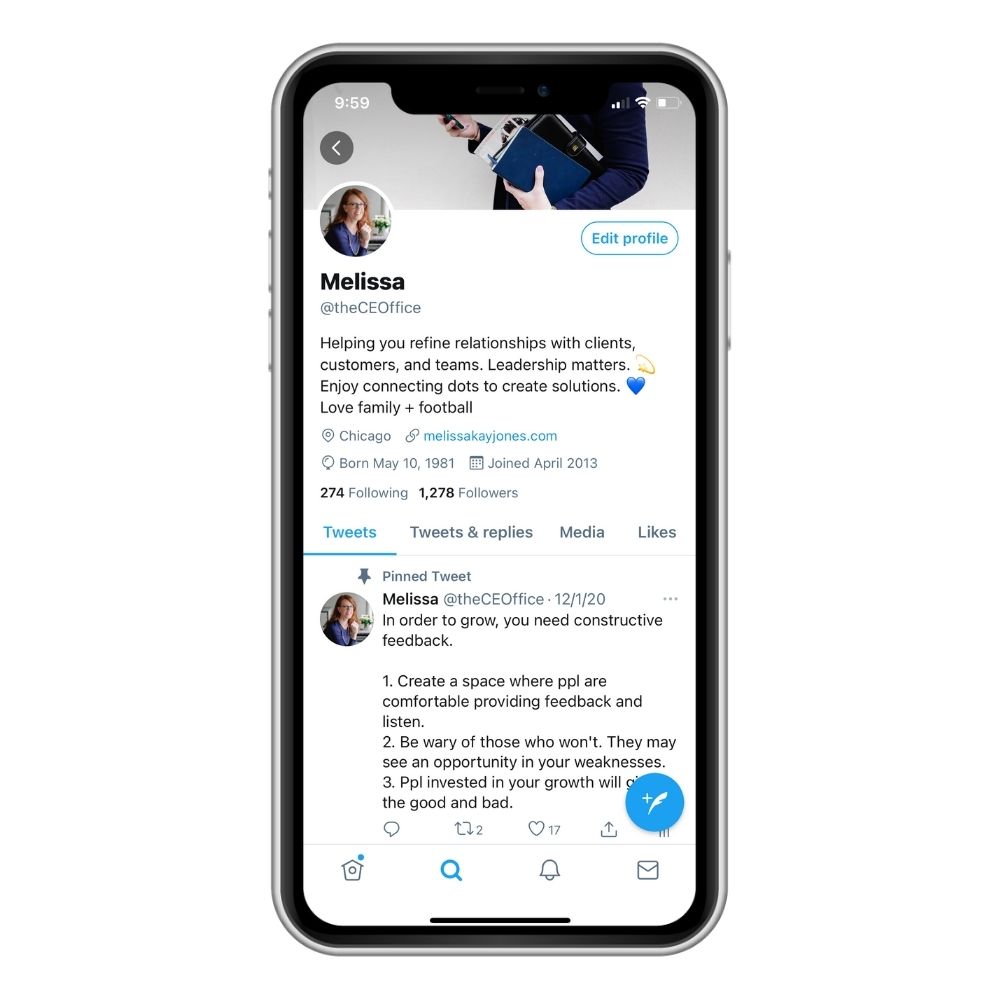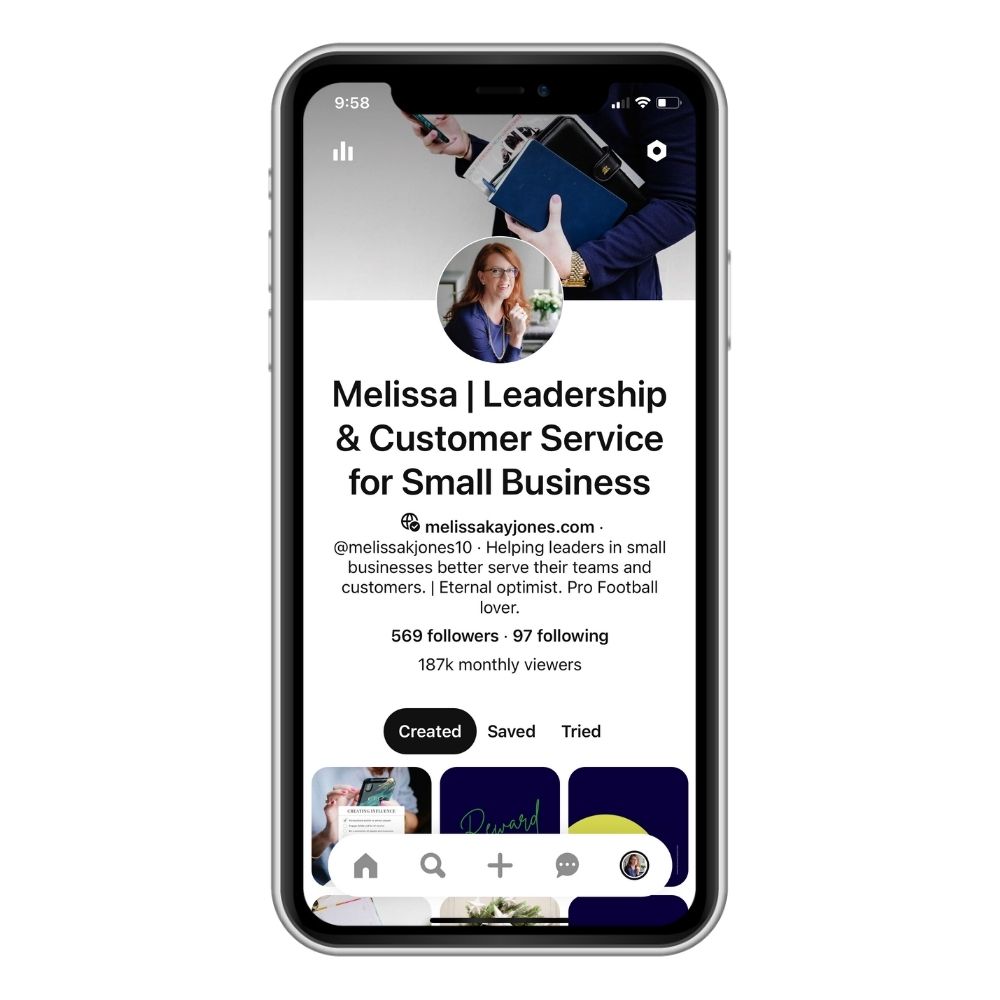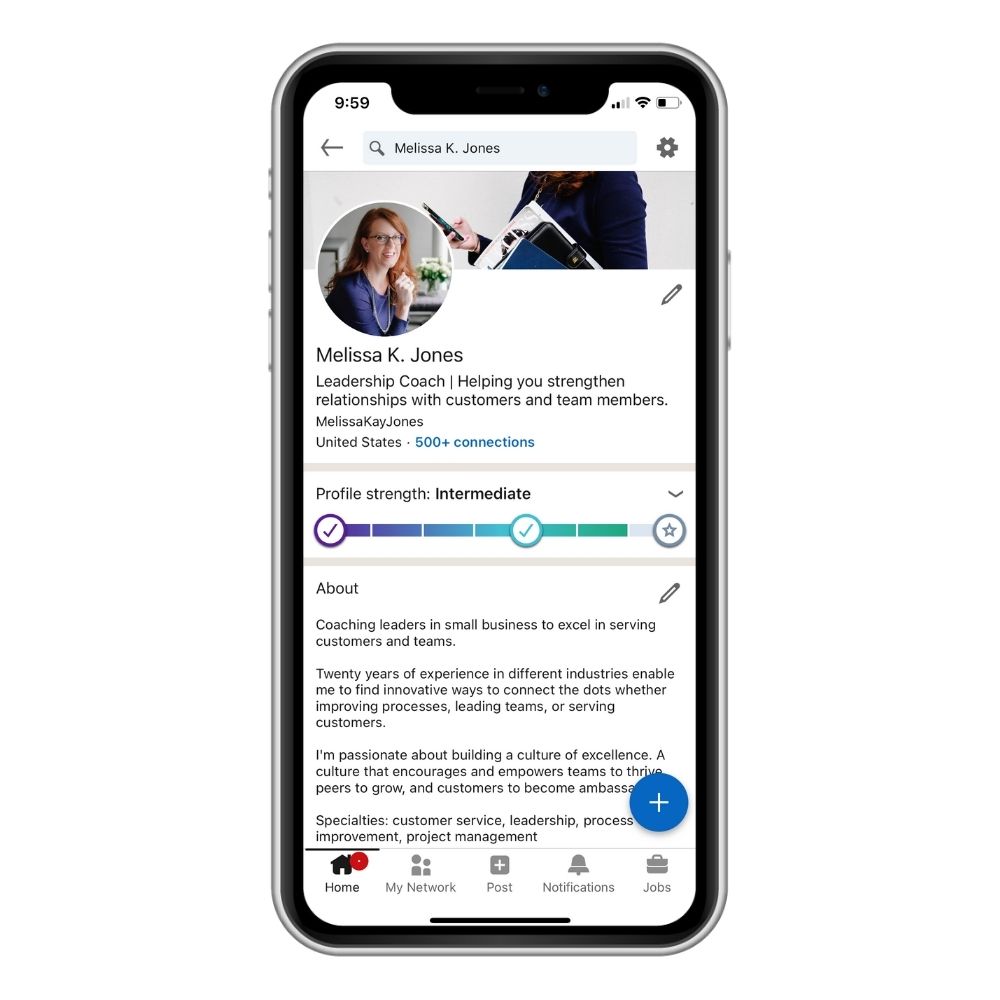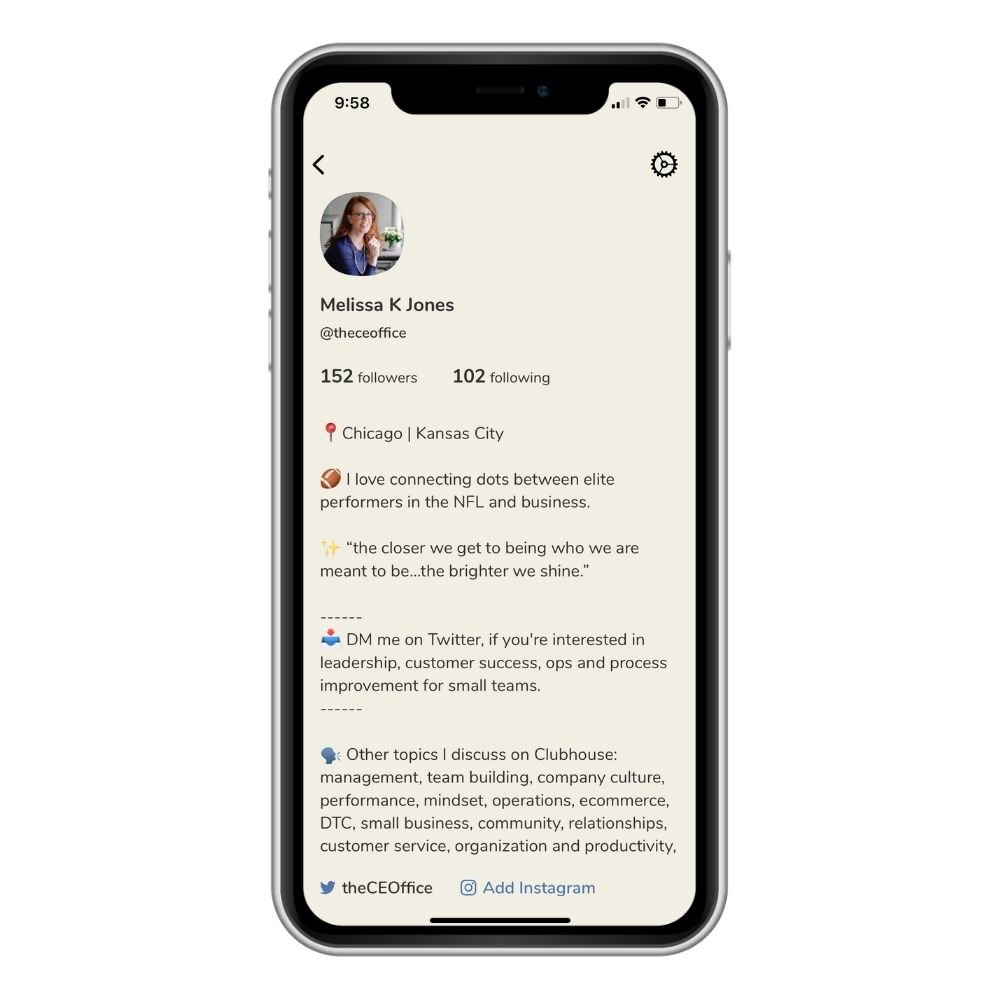How do you define your presence online? Make the most of your time on social media and online communities. Here are 5 keys to creating positive influence.
- Your Profile: What does your profile say about you? Who do you attract?
- Engagement: How do you show up online? Do you lead and participate in conversations?
- Your Contacts: Are you a connector? Do you refer people and resources to others?
- Best Practices: Tips for posting in community, groups, and social media.
- Feedback: How do you respond to people? Are you creating a positive influence?
1. Your Profile
- A clear friendly headshot. People want to connect with people. They don’t want to have a conversation with a logo. Clear means high resolution and uncluttered background. The focus should be on your face.
- Personalize your bio. The personalization details share who you are and what you talk about most. Your bio should attract followers with similar interests.
- Make it easy for people to connect. Include your relevant contact information.

Twitter 
Pinterest 
LinkedIn 
Clubhouse
2. Engagement
- Be Bold. Show up and interact. If you aren’t on the field, no one can hear you or see you. Regardless of your role or experience, you have the ability to help or inspire someone else. There are no winners in the bleachers.
- Be of Service. Look for opportunities to respond whether in a community, group, social feed, or on a blog post. There is nothing more rewarding for someone who asks a question or shares insight than to be answered or acknowledged. Your words help them feel seen and heard. (Emoji’s aren’t words.)
- Be Bright. When you share your insight and experiences you create an opportunity for connection. Shared experiences add depth to conversations and value to communities. Your answer can resonate and inspire someone else.
- Be Brave. Connect Offline. After you’ve established a connection, meet for an offline or virtual coffee date. I’ve found the best way to do this is to email them directly. Briefly explain why you want to meet and include (2) date options or a link to your calendar. You’ll get a better response via email than DM because it allows people to check their schedule.
3. Your Contacts
You won’t always have an answer, but your network can help. Connecting people to brands you trust is easy. It demonstrates generosity, goodwill, and trust. When you share referrals and resources it opens the door for reciprocity.
- Who is the best person to answer the question? Tag them in the comments or share their website link.
- What company has the ability to provide the solution needed? Tag them in the comments or share their website link.
Example
“I subscribe to an author whose work I admire. He wrote a post on social networks and niche communities. The comments opened up a strong debate. Instead of adding to the debate, I chose to acknowledge the points made in the post and share a resource. The resource is one I use and it supported his insights on niche communities.
My comment was read by the author. He included it in a follow-up blog post with a link back to my site. This small interaction caused a huge spike in website traffic, new subscribers, and leads.
The key is to look to be of service. In a sea of social commentary, how can you rise above to lift someone with you?”
4. Best Practices
Communities, Groups, Clubhouse Rooms
Treat them similarly to events hosted by organizations. Would you go into a room and hand out your
business card without getting to know people? Probably not. Most likely you would listen first, then share relevant information.
Pay attention to the room and respect people’s time. Many times someone else asked the same question or something similar. It may include details and resources you haven’t thought of or discovered. Then ask for clarifying details as needed.
General
- Be clear with your question and what you need. Providing context helps you get a better response.
- Don’t be condescending, demeaning, passive-aggressive, or petty. People can quickly read the vibe and it’s damaging to your personal brand.
- Read and then pause to understand before responding. If you need additional details for clarification, ask.
- Stay on topic when responding. If you have a different question, create a new post.
5. Feedback
- Show Gratitude. Acknowledge those who respond to you. If you are too busy for them, they will become too busy for you. Every person matters.
- Emotional Intelligence. Learn to not take negative comments as a personal attack. People can respond poorly for many reasons unrelated to you. Assume good intent.
- Look for Opportunities. Positive and negative feedback both provide opportunities for growth. Take what works and leave the rest.
Summary
- Lead by Example. Be the member, follower, or subscriber you would want for your business.
- Be of Service. Share without the expectation of getting something in return. Every time you share, you are planting a seed. It won’t bloom today or even tomorrow. Keep planting and watering.
- Celebrate What You Want to Grow. When you talk about something you give it energy. What you give energy to grows! Focus on the positive and ignore distractions.

Your Turn
What tips would you add for creating a positive influence?



